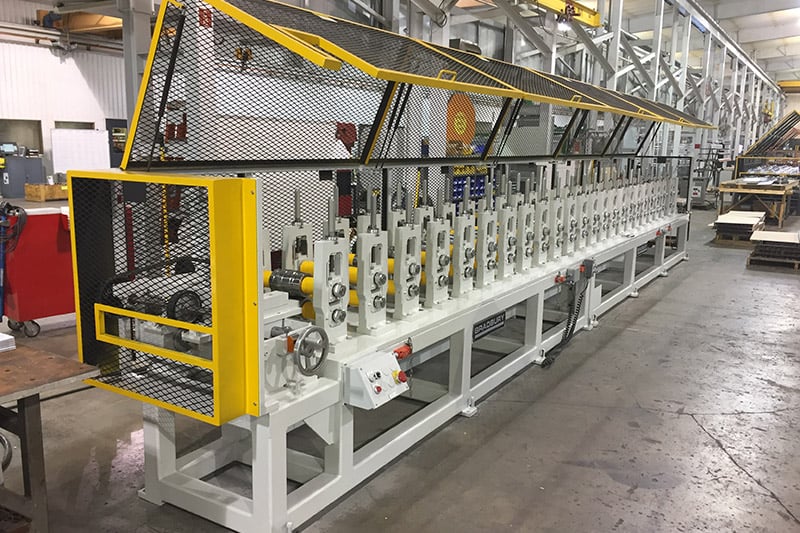Navigation Menu
Contact Us
- Email:
- info@wxavatar.com
- Address:
- Yurong Village, Yuqi Street, Huishan District, Wuxi, China.
Release Date:Aug 09, 2025 Visit:37 Source:Roll Forming Machine Factory
Fluorescent lighting remains a widely used solution in commercial, industrial, and institutional environments. While LED technology has gained prominence, fluorescent fixtures still serve key roles in certain applications due to their cost-effectiveness and consistent illumination. At the heart of producing these fixtures are fluorescent channel fabrication systems, which streamline manufacturing and ensure consistent quality.

1. Precision in Component Manufacturing
Fluorescent channels form the structural backbone of the fixture, holding lamps, wiring, and reflective surfaces in place. Fabrication systems equipped with advanced roll forming, punching, and cutting tools allow manufacturers to produce channels with precise dimensions and alignment. This precision ensures proper lamp fit, electrical safety, and optimal light distribution.
2. Increased Production Efficiency
Modern fabrication systems combine multiple operations—forming, punching, and notching—into a continuous process. This integration reduces manual handling, shortens production time, and enables manufacturers to meet high-volume demands while maintaining consistent output quality.
3. Customization and Design Flexibility
Different lighting projects require specific channel profiles to accommodate various lamp lengths, mounting options, and reflector shapes. Advanced systems allow quick tooling changes and programmable adjustments, making it easier to produce customized designs without extended downtime.
4. Integration with Automated Assembly Lines
Many fluorescent channel fabrication systems are designed to integrate seamlessly with downstream assembly processes. This means channels can be directly transferred to wiring, reflector installation, or finishing stations, improving workflow and reducing logistical bottlenecks.
5. Consistency in Quality and Performance
By minimizing manual intervention, automated fabrication systems ensure that every channel meets the same quality specifications. This consistency translates into better fixture performance, longer product life, and fewer quality control issues.

Conclusion
Fluorescent channel fabrication systems play a vital role in ensuring that modern fluorescent lighting fixtures are produced efficiently, accurately, and consistently. They provide the manufacturing precision and scalability needed to meet industry demands, while also supporting custom designs for specialized applications. For lighting manufacturers, investing in advanced fabrication systems remains a practical step toward improving productivity and product reliability.